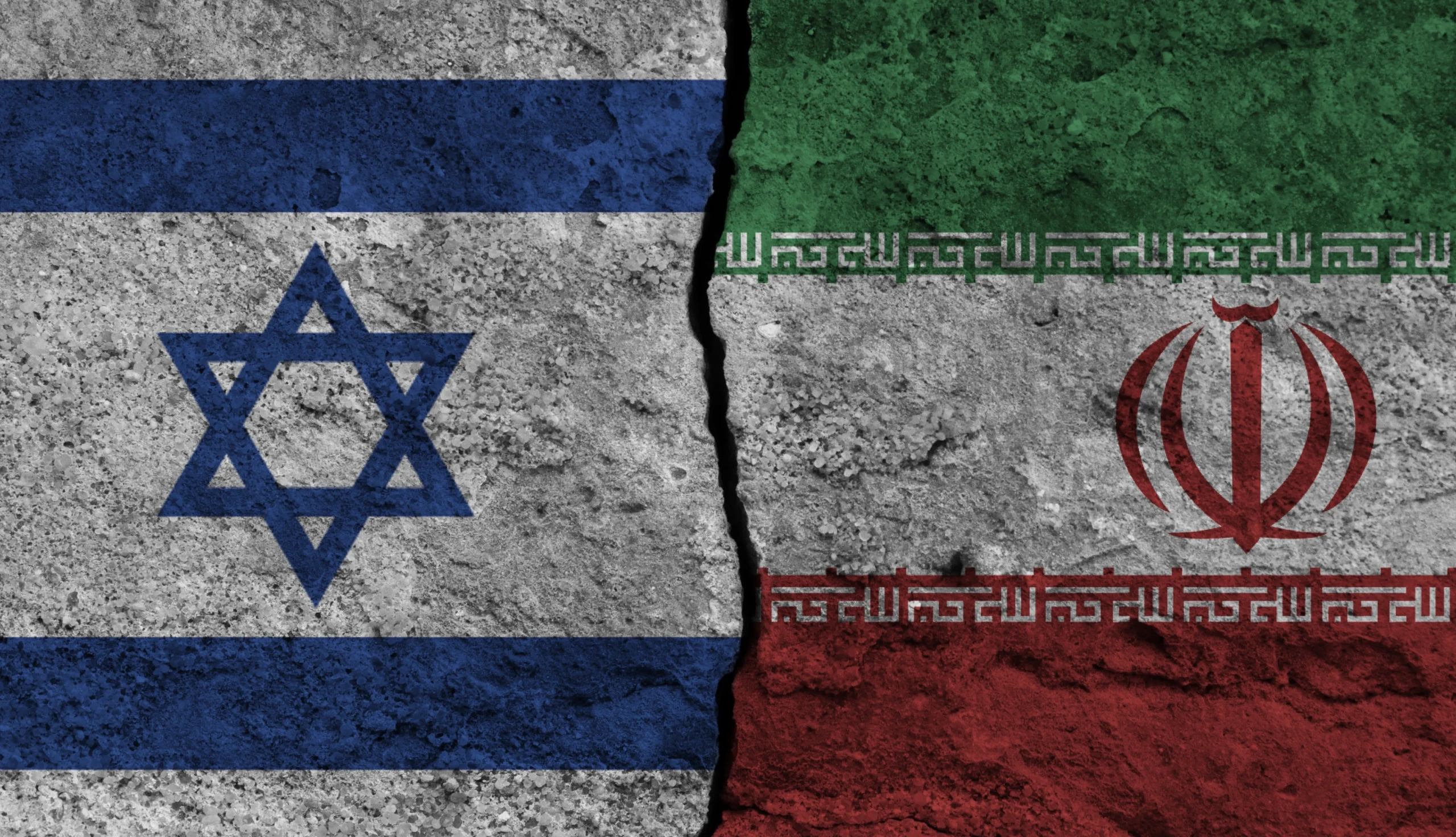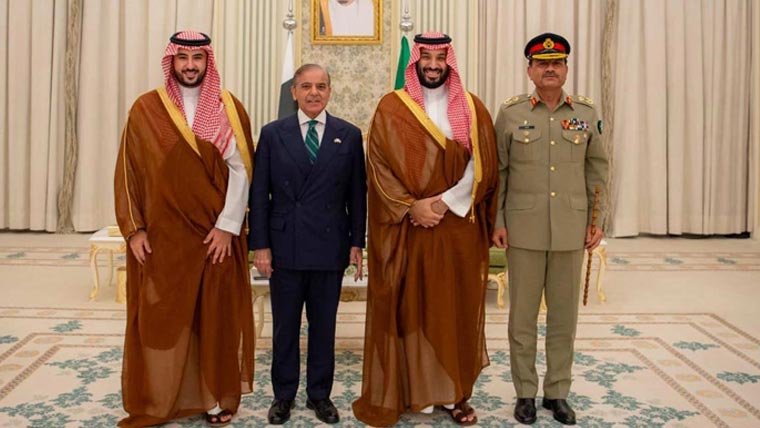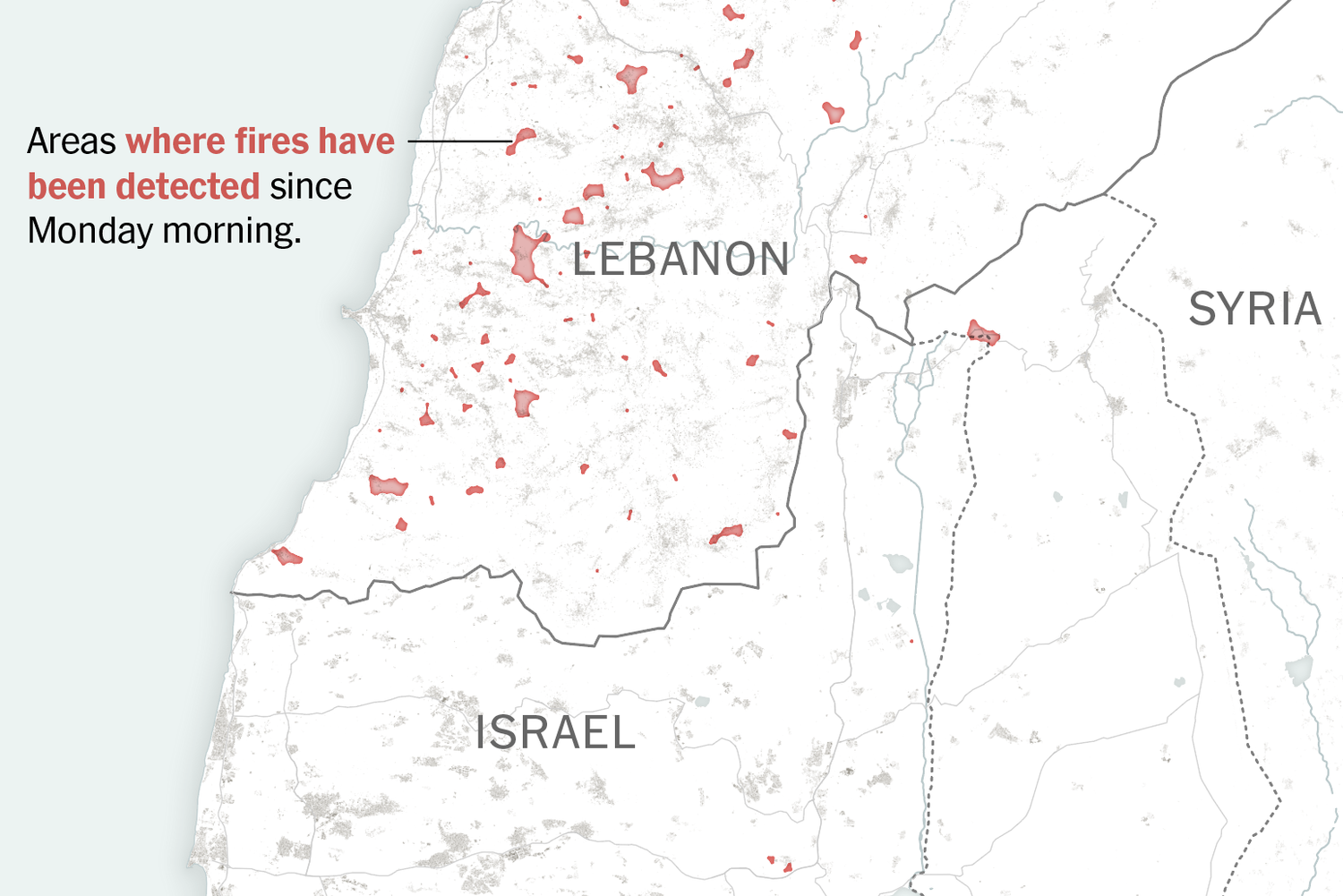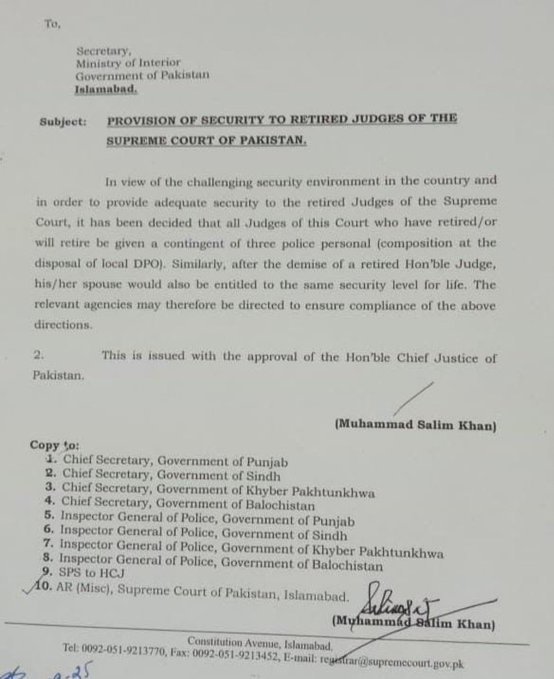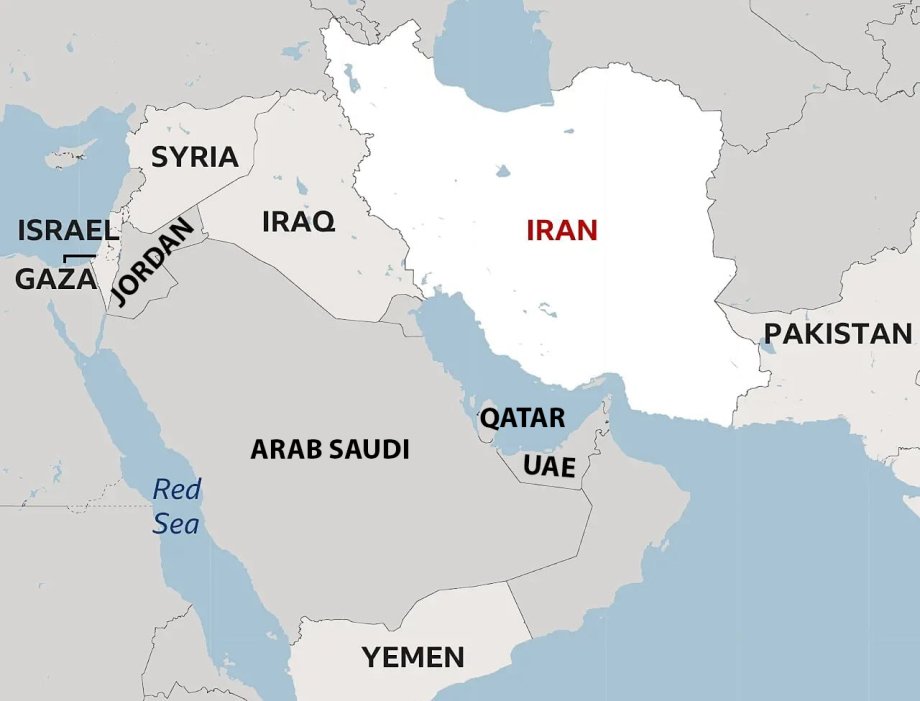Hafiz Mudassar Rizwan
After weeks of alarming escalation across the Middle East, a tenuous calm has begun to settle—at least for now. The ceasefire announced by U.S. President Donald Trump between Israel and Iran has brought a temporary pause to the violence, but skepticism over its durability is widespread. This skepticism is not unfounded. Beneath the surface of the truce lies a troubling reality: the U.S.-Israel strategy against Iran has failed to achieve its intended objectives and risks further destabilizing the region.
The crisis reached its tipping point when Iran, in response to U.S. airstrikes on its nuclear facilities, launched retaliatory missile attacks on a major American airbase in Qatar. While dramatic in timing, the Iranian response was clearly calculated—not designed to escalate but to demonstrate resolve. Within hours, Trump declared that a ceasefire was in effect. His statement was soon backed by public confirmations from both Iran and Israel.
Yet, even before the ink on the truce could metaphorically dry, cracks began to show. Israel accused Iran of violating the ceasefire, while Tehran insisted that its retaliatory missiles were launched before the ceasefire deadline. Later, President Trump took to social media urging Israel to “not drop those bombs,” implicitly confirming that Tel Aviv had responded with further airstrikes in defiance of his administration’s efforts to prevent escalation.
The fragility of this ceasefire has highlighted two critical issues: Israel’s unpredictability and America’s diminishing leverage over its closest Middle Eastern ally. Israel’s long-standing record of breaking truces under vague or manufactured pretexts has eroded trust among regional actors. Simultaneously, Trump’s erratic diplomacy—often conducted more on Twitter than in strategic coordination—adds to the volatility. While his recent statements suggest a reluctance for prolonged conflict, true de-escalation requires more than rhetoric.
Iran’s “measured response,” targeting the U.S. base in Qatar without causing major casualties, also reflects a calculated restraint. This signals that Tehran, while prepared to defend itself, is not seeking all-out war. Iran’s approach appears to be one of strategic endurance—absorbing attacks, showcasing deterrence, but avoiding a larger conflagration unless absolutely necessary.
If the United States is serious about preventing further bloodshed and truly de-escalating tensions, it must take real steps beyond diplomatic statements. Chief among these is curbing the flow of military aid and weaponry to Israel, which continues to act with impunity in both regional and occupied territories.
More than 600 Iranians, including civilians, have been killed during this latest round of hostilities. If this ceasefire is not merely a tactical pause by Washington and Tel Aviv, but a sincere shift toward peace, then they must commit to it through action—starting with a halt to provocative airstrikes.
Moreover, Israel’s brutal campaign in Gaza continues unabated. Since October 7, 2023, over 56,000 Palestinians have been killed in Gaza. These figures are staggering—and unacceptable by any standard of international law or human decency. A ceasefire with Iran will remain meaningless if Israeli operations in Gaza continue under the world’s gaze.
The road to peace in the Middle East is complex, but its first step lies in consistency. For the United States, this means choosing between unchecked alliance and responsible global leadership. For Israel, it means acknowledging that long-term security will never be achieved through permanent war and occupation.
Until then, ceasefires like the current one are not solutions; they are pauses between disasters. Lasting peace requires accountability, diplomacy, and the courage to rein in allies when they cross moral and legal boundaries. The region—and the world—can no longer afford anything less.



